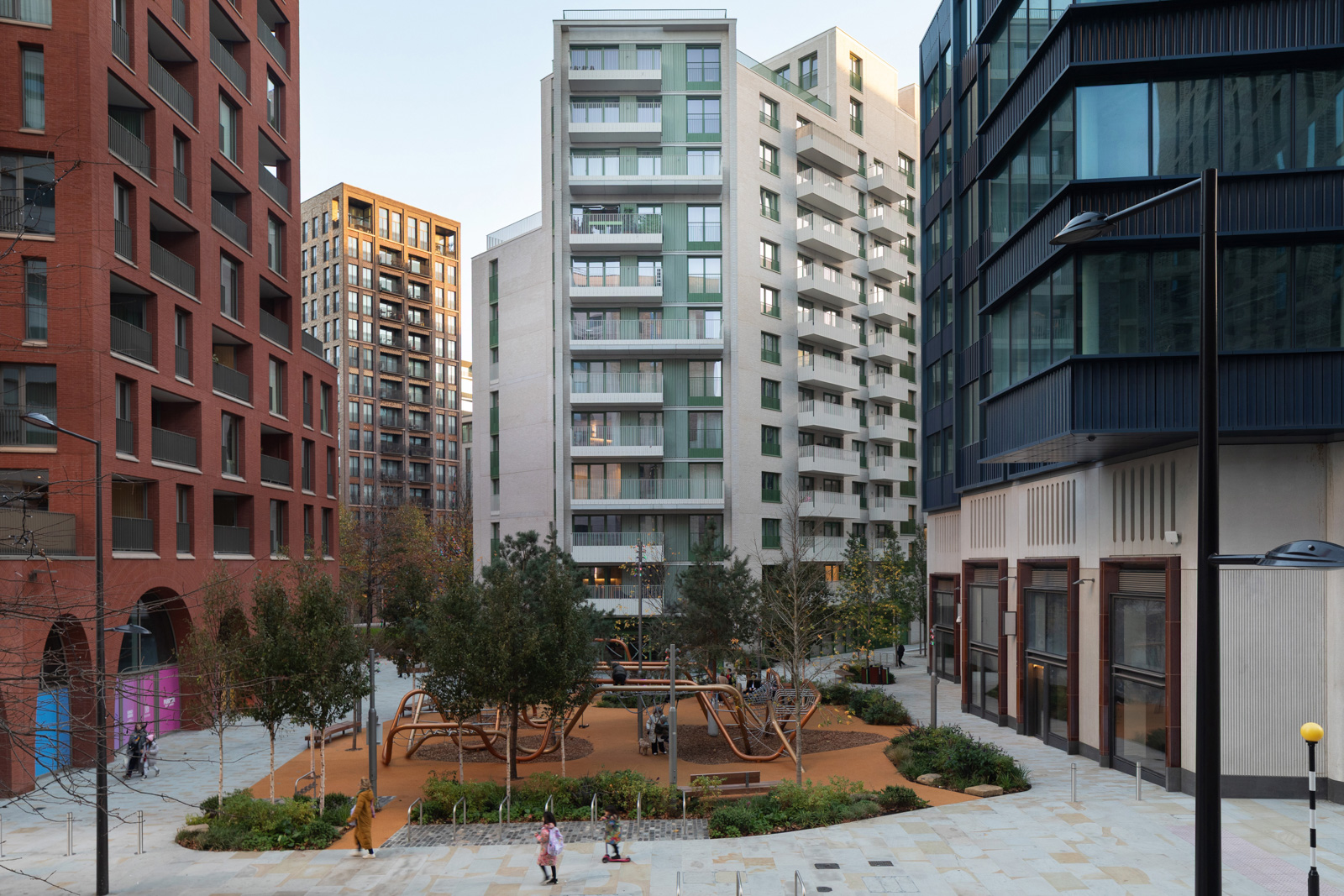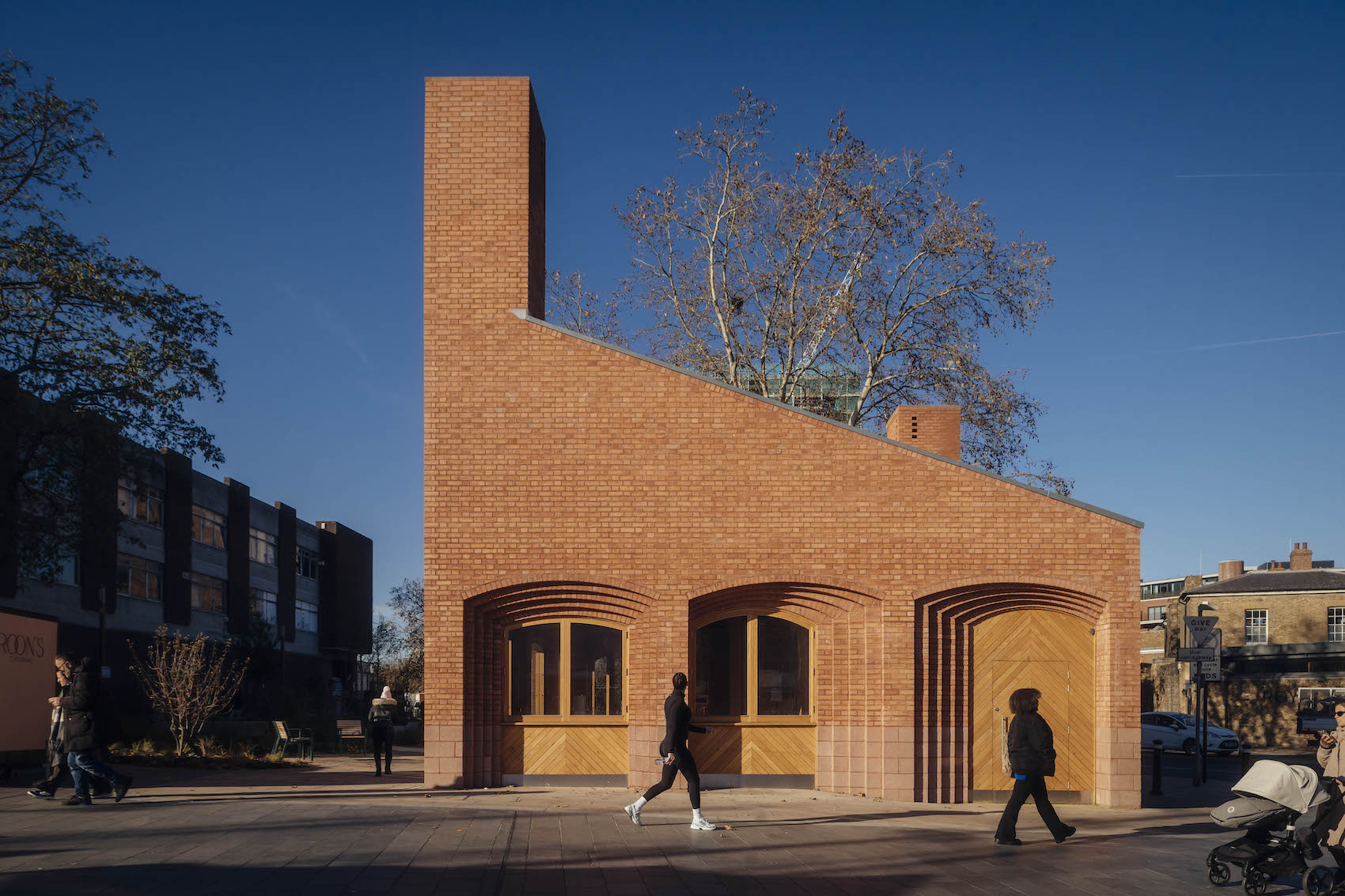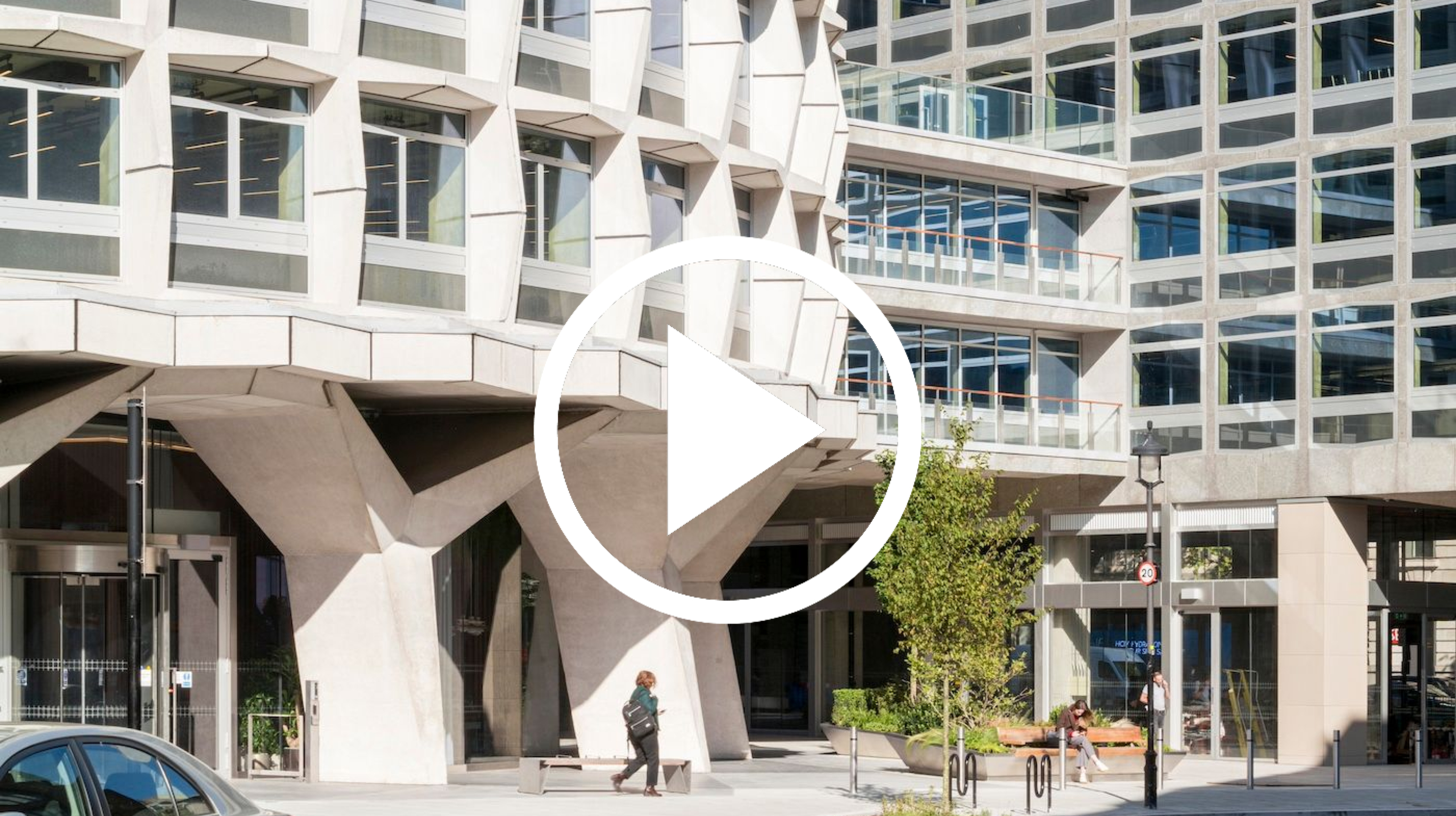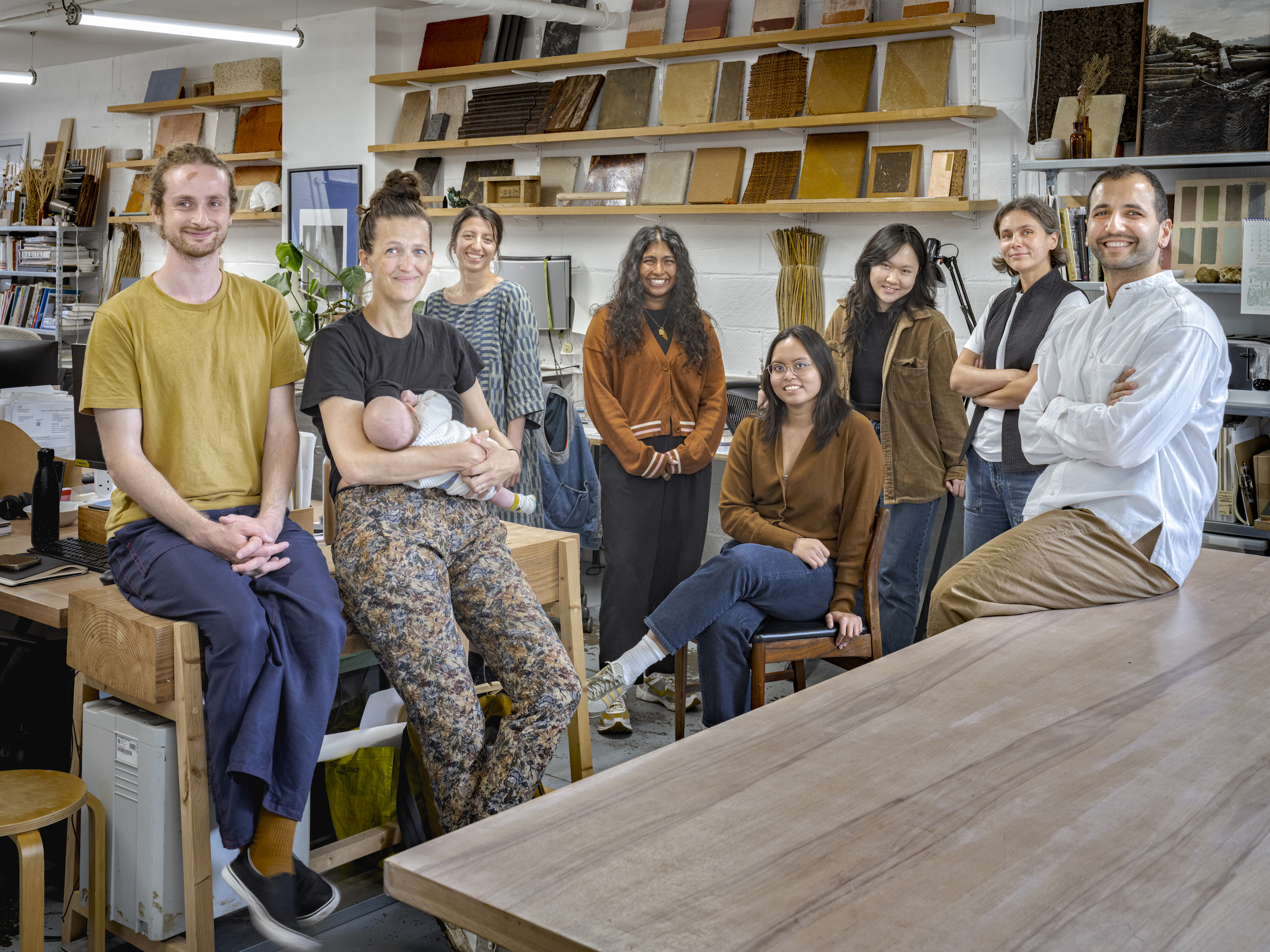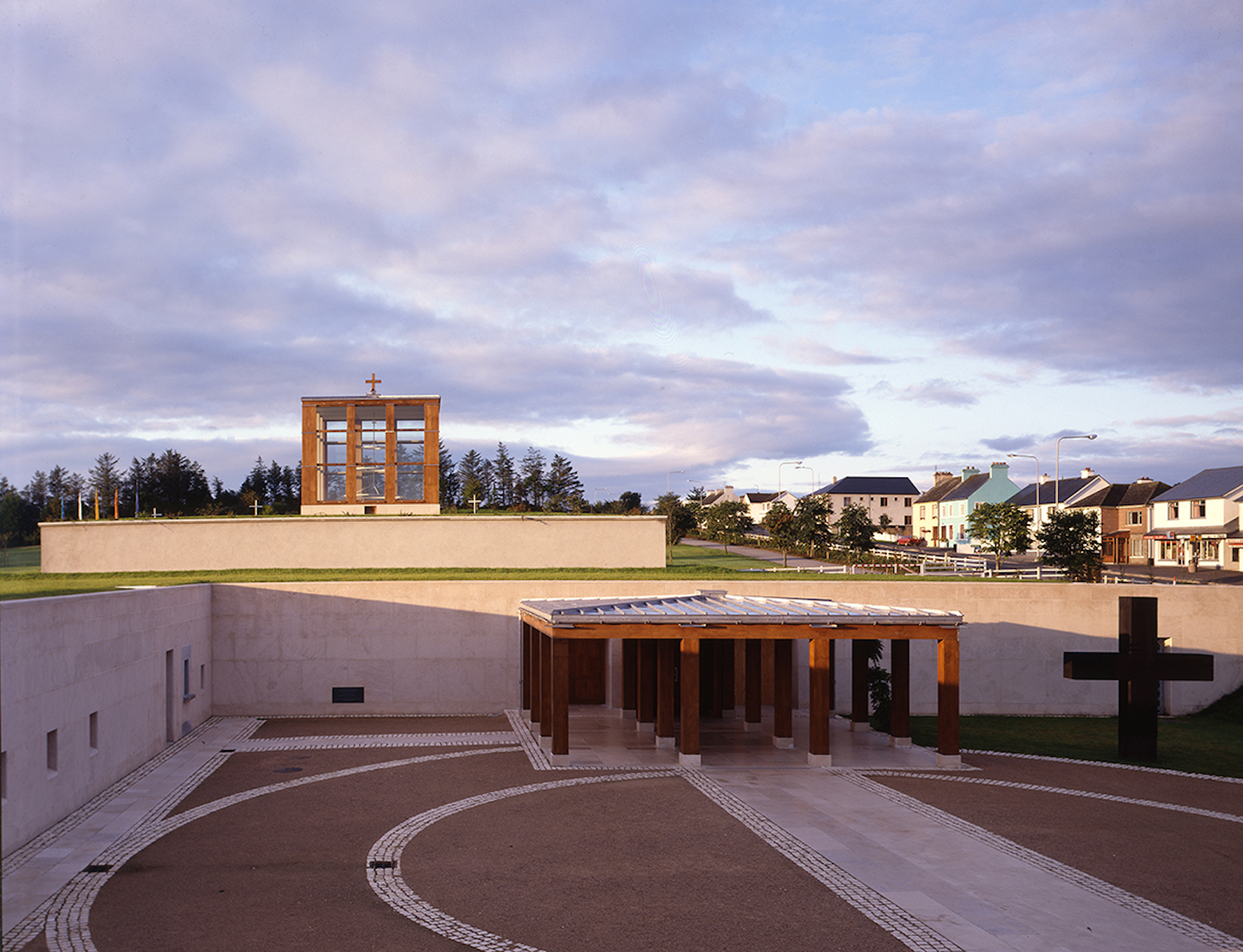Hassell’s interdisciplinary research hub for the University of Edinburgh brings together academia, industry and government to address pressing challenges in health and social care, drawing on Scotland’s heritage of public good and global innovation.
The University of Edinburgh has opened the Usher Building at the BioQuarter in the city’s south-east. Designed by Hassell, the building co-locates the University’s Usher Institute with NHS Lothian, private enterprises and third-sector organisations. Together, they form a collaborative hub for data-driven research addressing critical public health issues – from ageing and inequality to surgical outcomes and childhood wellbeing.
Named after 19th-century whisky distiller and philanthropist Andrew Usher, whose legacy funded Edinburgh’s Usher Hall, the new building looks to echo that spirit of civic generosity and forward thinking. Inside, more than 900 researchers, clinicians and analysts are using integrated data platforms, including the University’s DataLoch initiative, to explore everything from the relationship between cold homes and child health, to the genetic markers of cancer in Scottish island communities.
Hassell’s architecture supports this cross-sector ethos: a mix of research labs, teaching spaces and shared work areas promotes interaction between partners of all scales – from global institutions to local startups. Generous circulation spaces, glazed stairwells and open-plan offices aim to encourage transparency and collaboration. Meanwhile, public-facing amenities and recreational zones ensure the building remains a place of community engagement and not just academic pursuit.
The Usher Building is also the first new facility on campus to operate solely on efficient air source heat pump technology, eliminating direct fossil fuel use. The project has been highly commended in the European Healthcare Design Awards and funded in part through the Edinburgh and South East Scotland City Region Deal, with £48.5m from the UK Government and £0.7m from the Scottish Government and The Wolfson Foundation contributing further support.
Research at the facility has already had a tangible impact. During the Covid-19 pandemic, its datasets guided government policy at both national and international levels. Today, its AI-driven surgical analysis and retina-based diagnostic tools are helping to improve clinical outcomes in real time.
“The Usher Building provides welcoming spaces where wellbeing takes centre stage — both for the mind and body. It came to life through the efforts of a team that didn’t just design a space but crafted an experience,” Will Hartzog, senior associate at Hassell told AT. “Working closely with experts from diverse fields, including the invaluable insights of the Usher Institute staff, we’ve created something that truly serves its people. Every corner, from informal gathering spots to dedicated meeting rooms, invites connection and sparks collaboration. It’s a space that breaks down the usual barriers, giving way to a research community that feels more connected, engaged, and accessible to all.”
Professor Sir Peter Mathieson, principal and vice-chancellor of the University of Edinburgh, meanwhile described the building as “a major step forward in reimagining how we improve health and social care. By bringing together researchers, clinicians and industry experts, we have created a dynamic hub that will drive innovation for the benefit of all.”
Credits
Client
University of Edinburgh
Architect
Hassell
Engineer
KJ Tait, Woolgar Hunter
Main contractor
McLaughlin & Harvey















